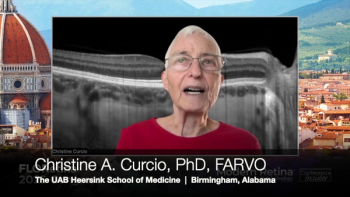
Early stage retina created from human embryonic stem cells – a world first
A team of scientists at UC Irvine (UCI) in California have taken the first step in developing transplant-ready retinas by creating an eight-layer, early-stage retina from human embryonic stem cells.
A team of scientists at UC Irvine (UCI) in California have taken the first step in developing transplant-ready retinas by creating an eight-layer, early-stage retina from human embryonic stem cells.
The study's principal investigator, Hans Keirstead of the Reeve-Irvine Research Centre and the Sue and Bill Gross Stem Cell Research Centre at UCI, said: We made a complex structure consisting of many cell types. This is a major advance in our quest to treat retinal disease.
To create the multiple cell types the team used a differentiation technique to direct the stem cells to become specific cell types. Keirstead admitted that the engineering element presented them with the greatest challenge. Microscopic gradients had to be built for solutions to bathe the stem cells in so that specific differentiation paths could be initiated.
Creating this complex tissue is a first for the stem cell field, said Keirstead. Dr Gabriel Nistor in our group addressed a really interesting scientific problem with an engineering solution, showing that gradients of solutions can create complex stem cell-based tissues.
Creating transplantable retinas from stems cells could help millions of people and we are well on our way.
The researchers are reported to now be testing the early-stage retinas in animal models to learn how much they improve vision. Positive results may lead to human clinical trials.
Newsletter
Get the essential updates shaping the future of pharma manufacturing and compliance—subscribe today to Pharmaceutical Technology and never miss a breakthrough.










































